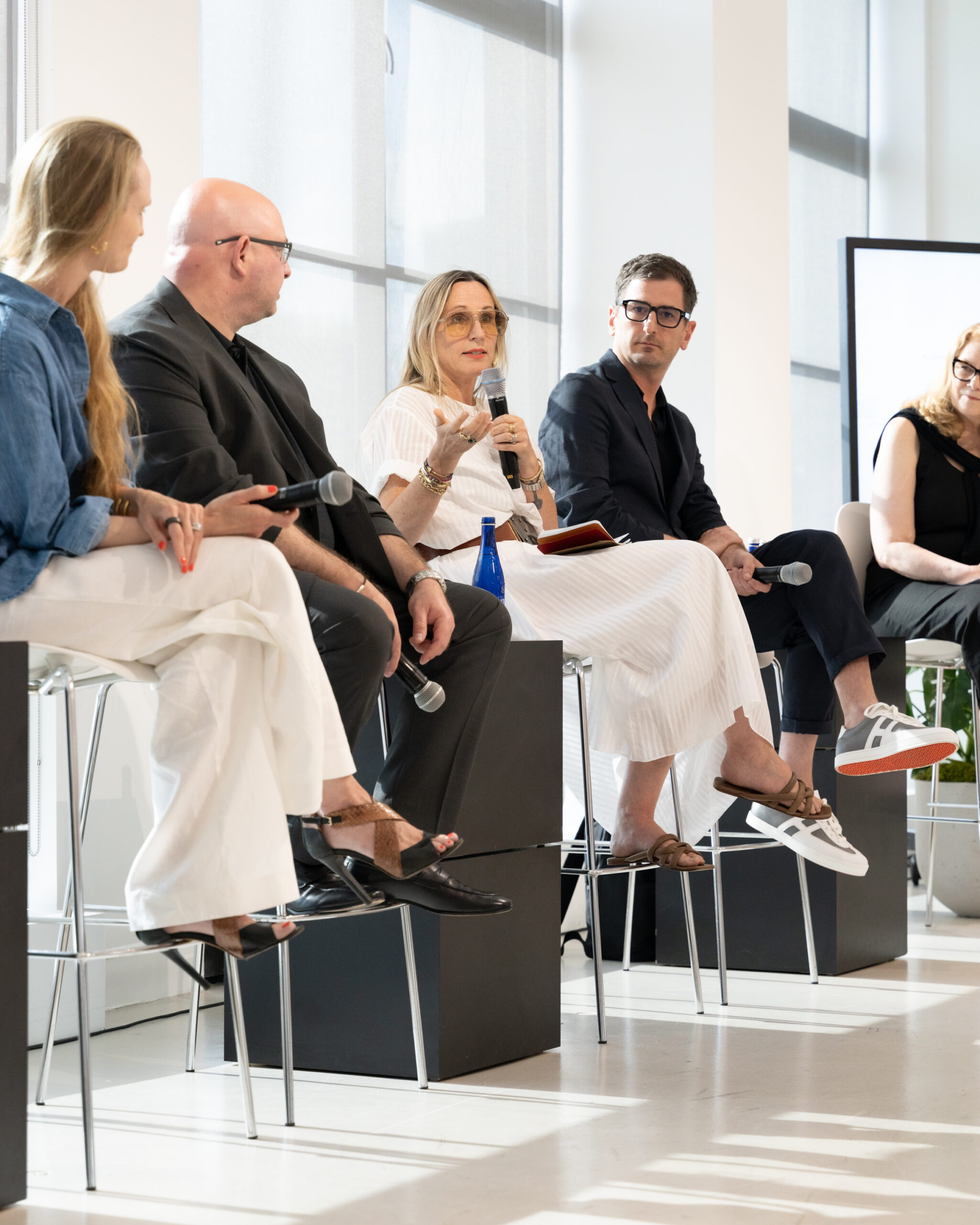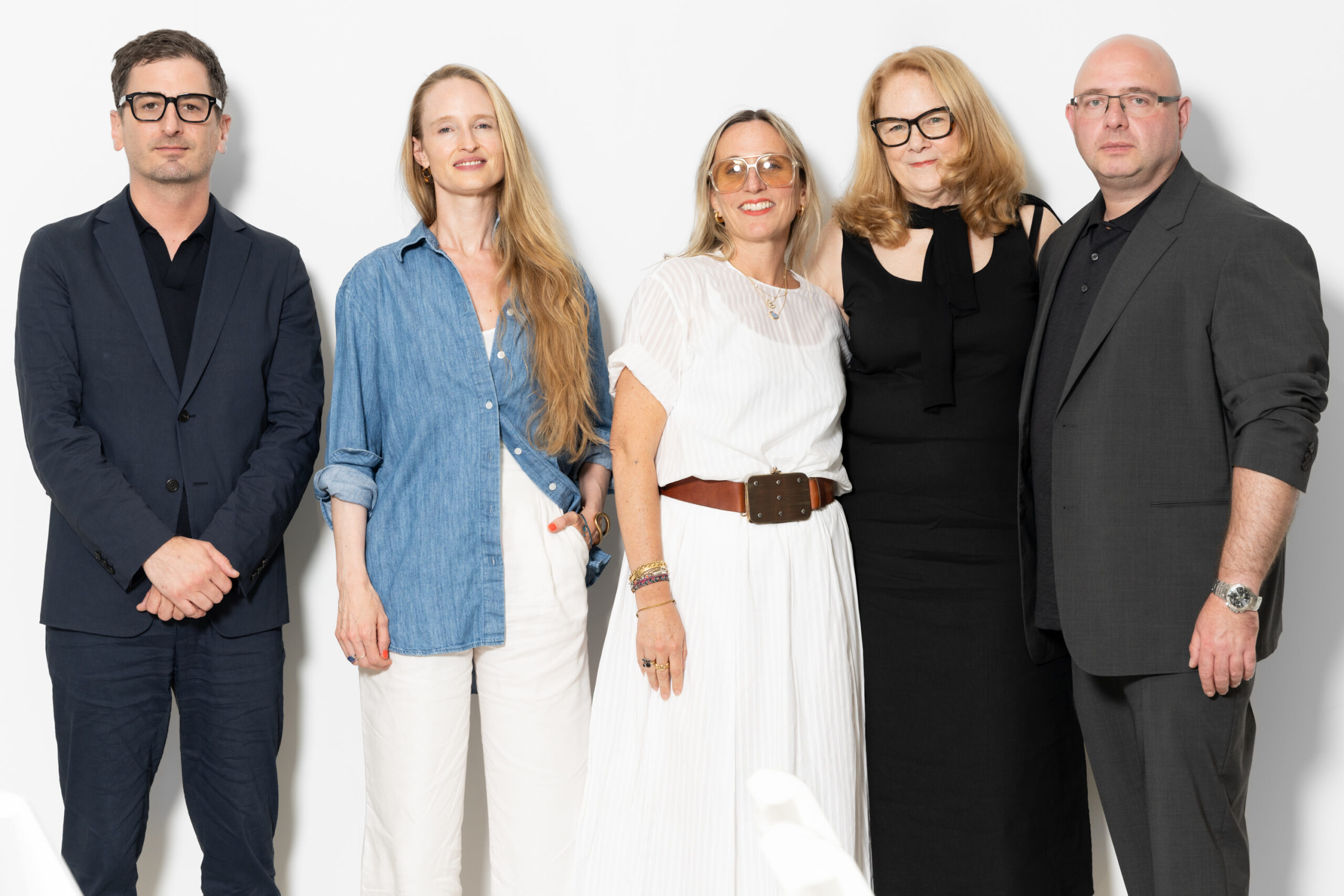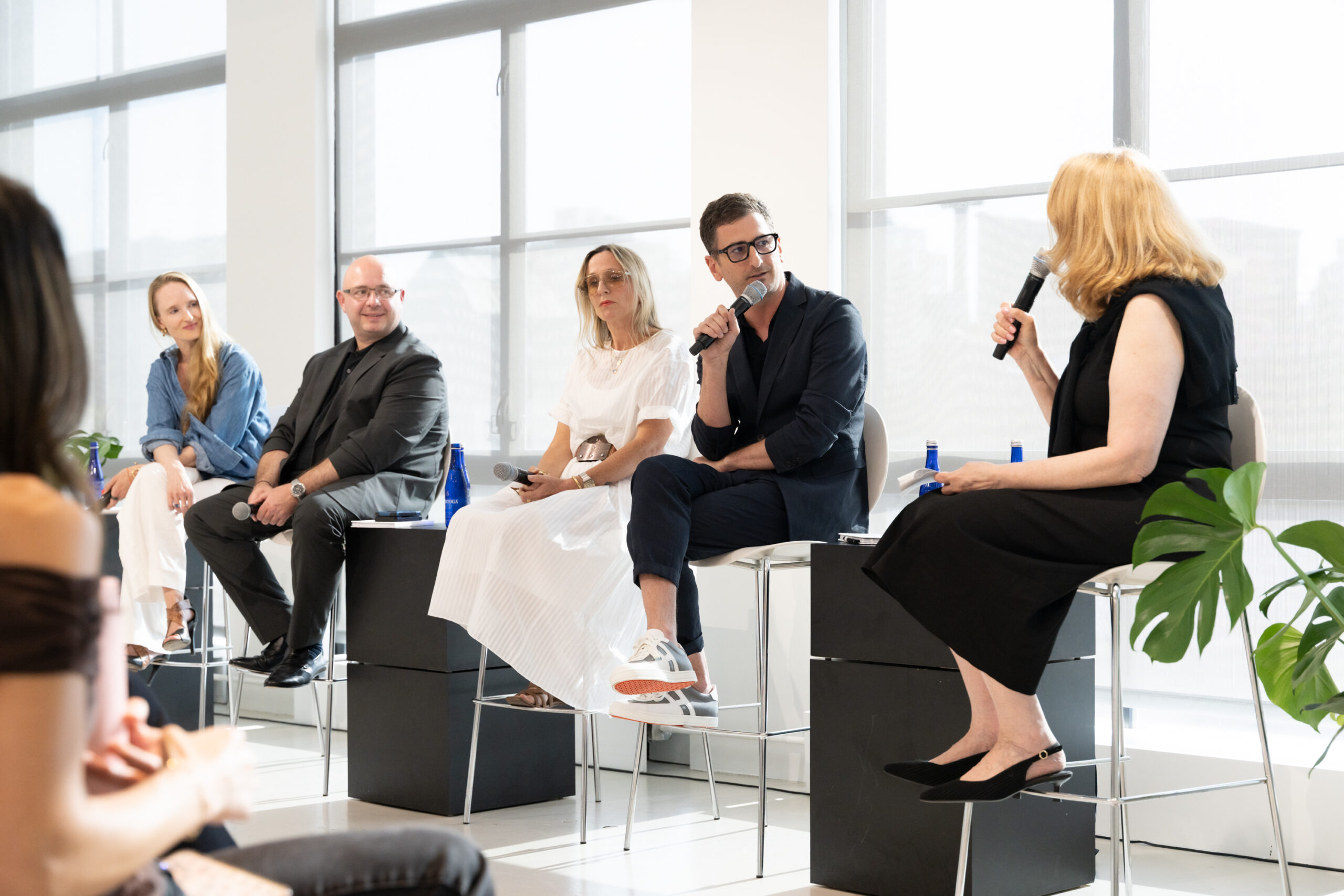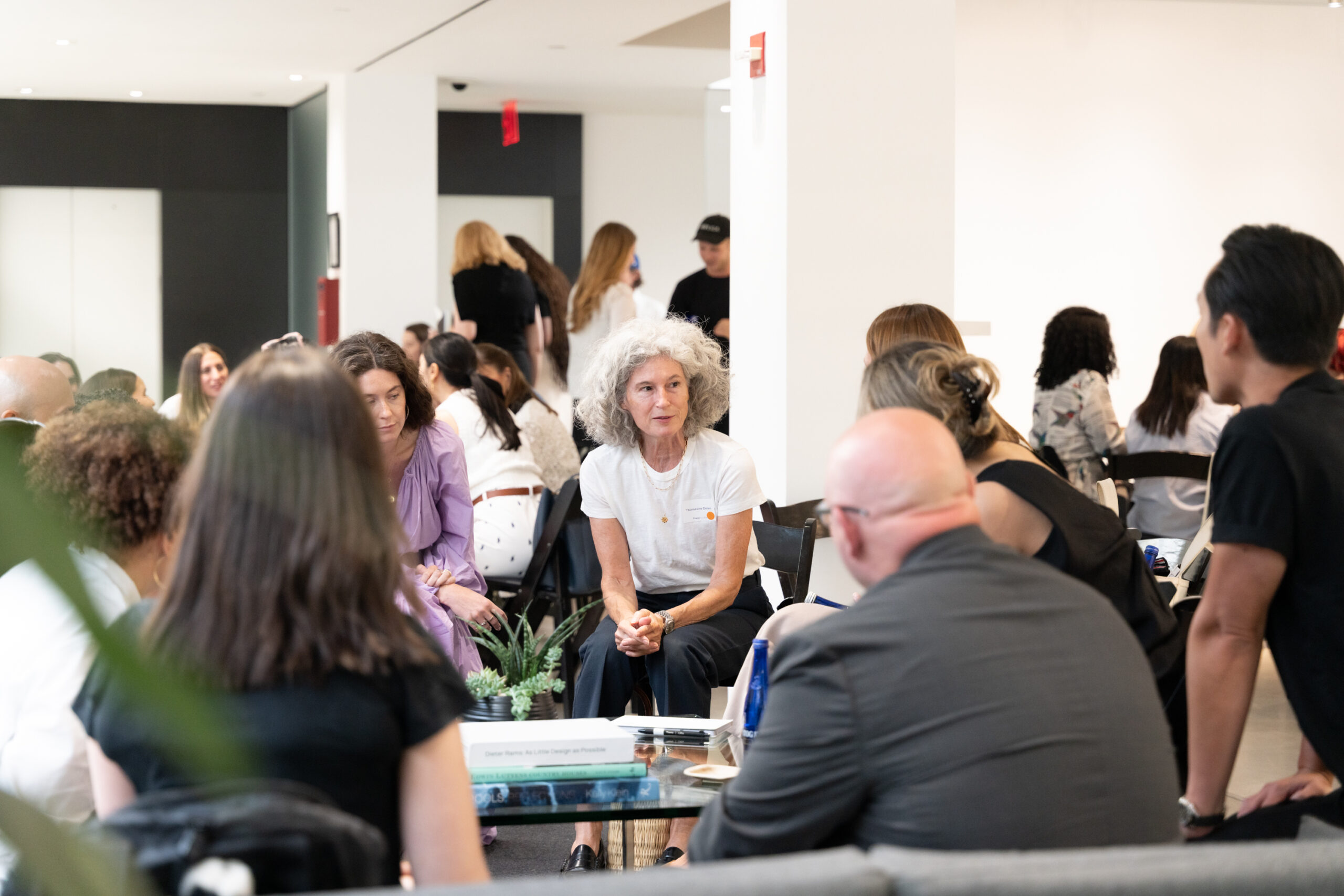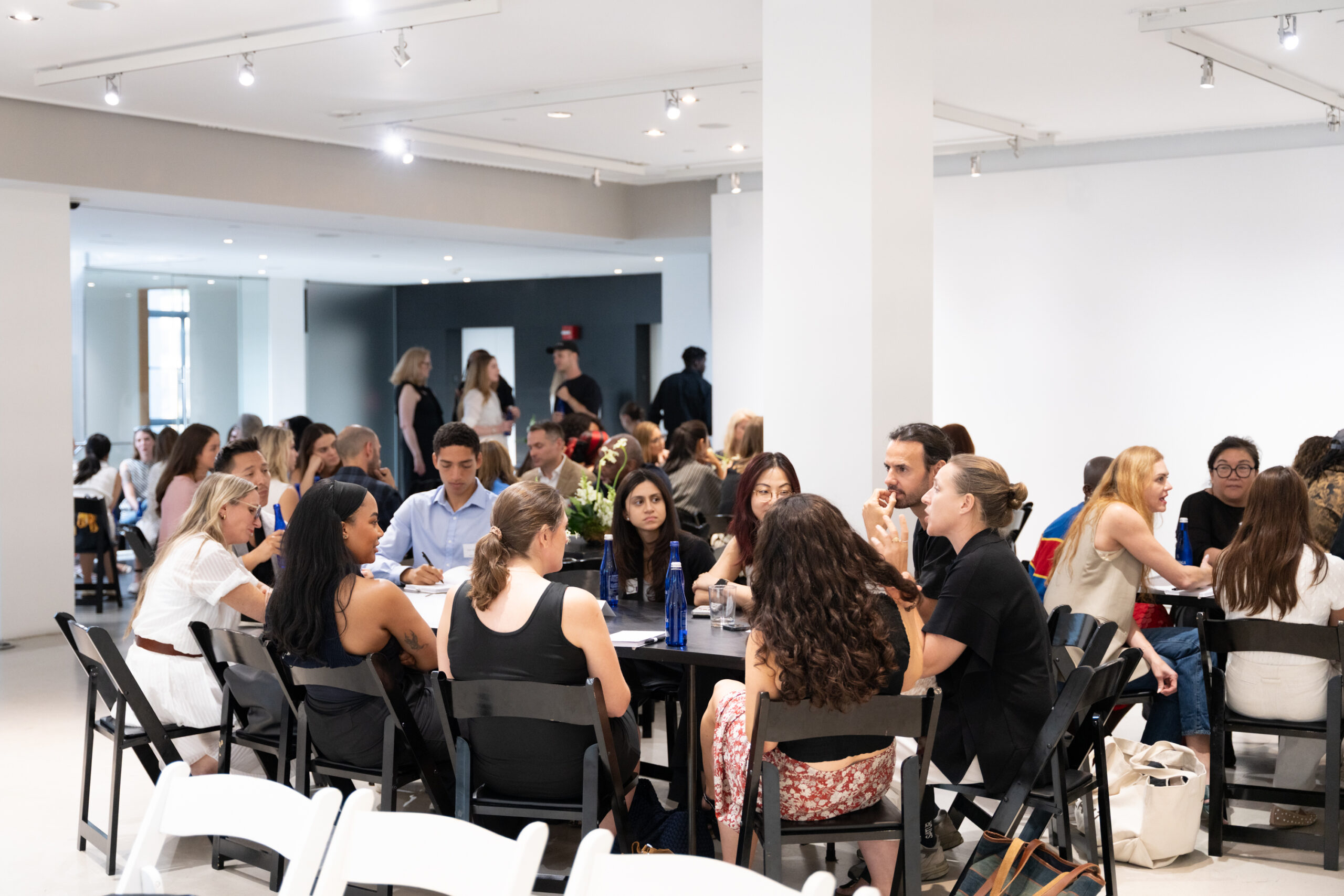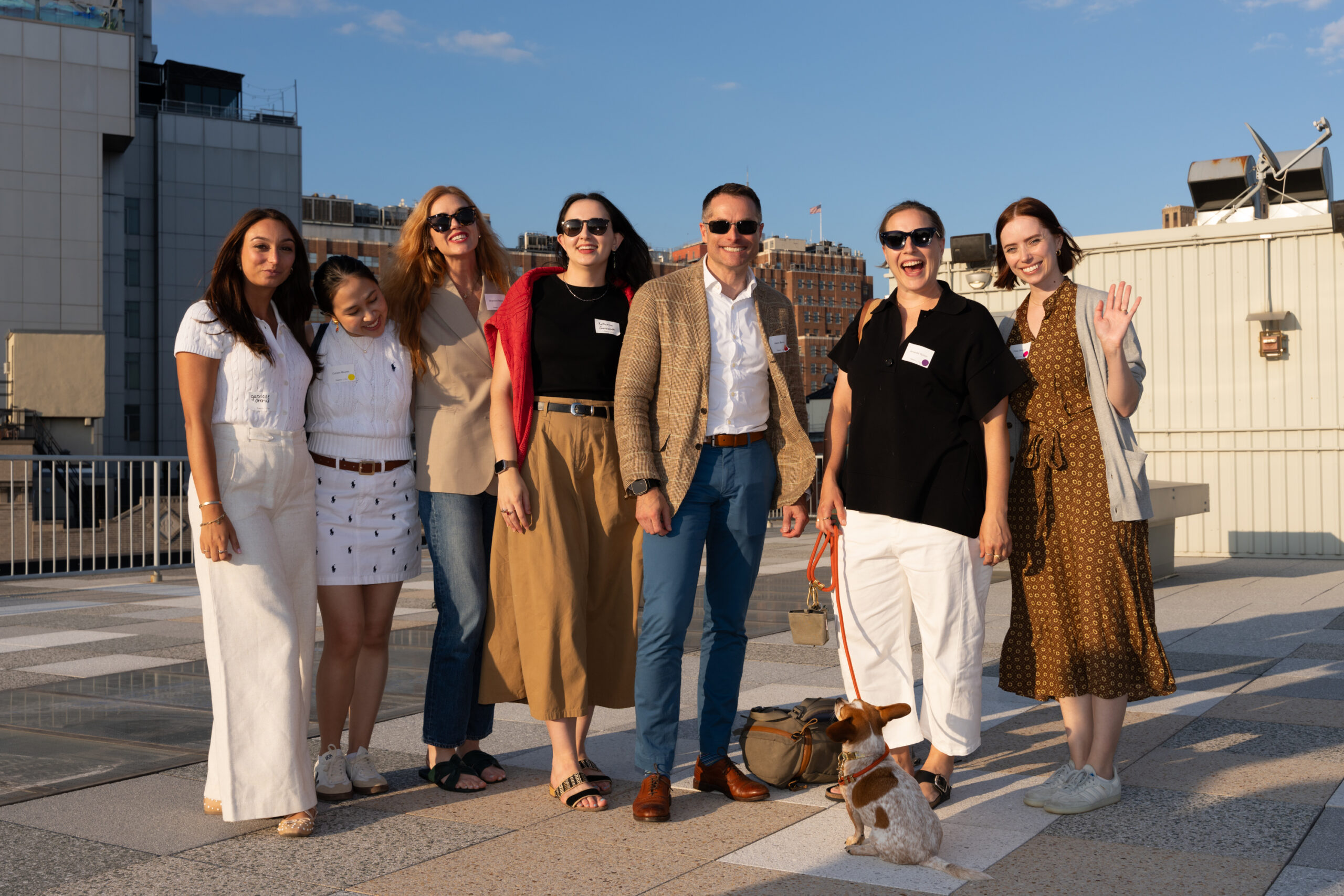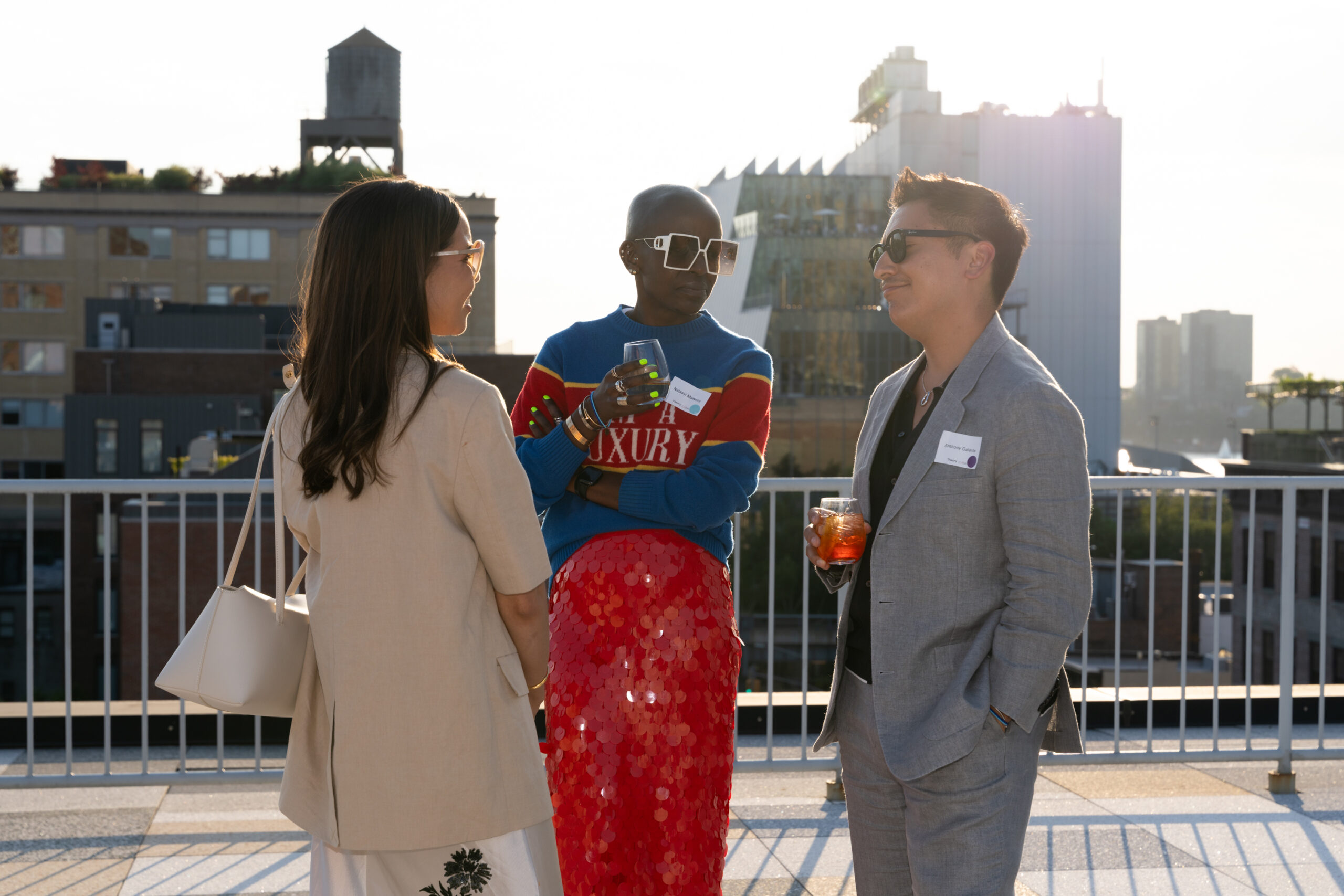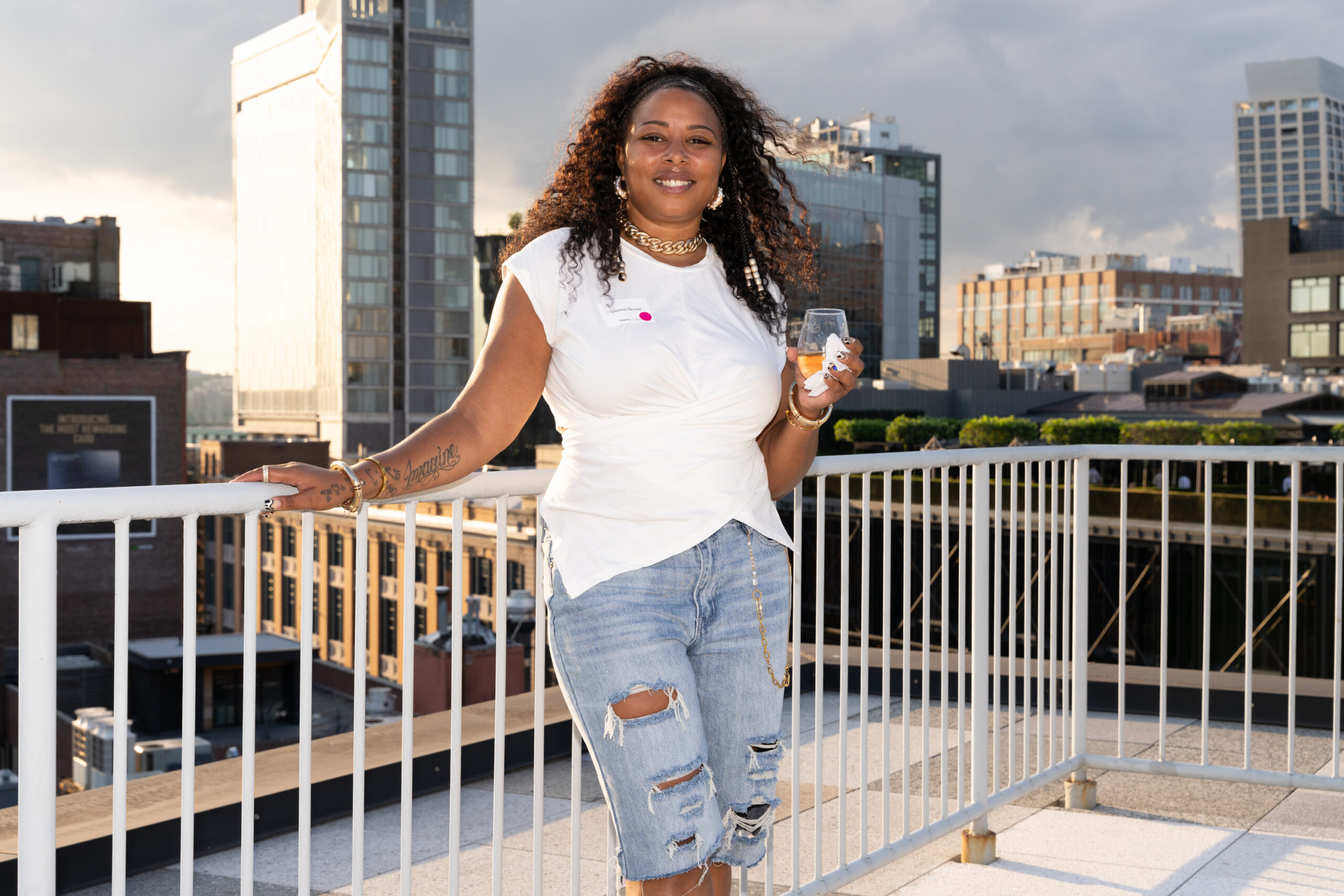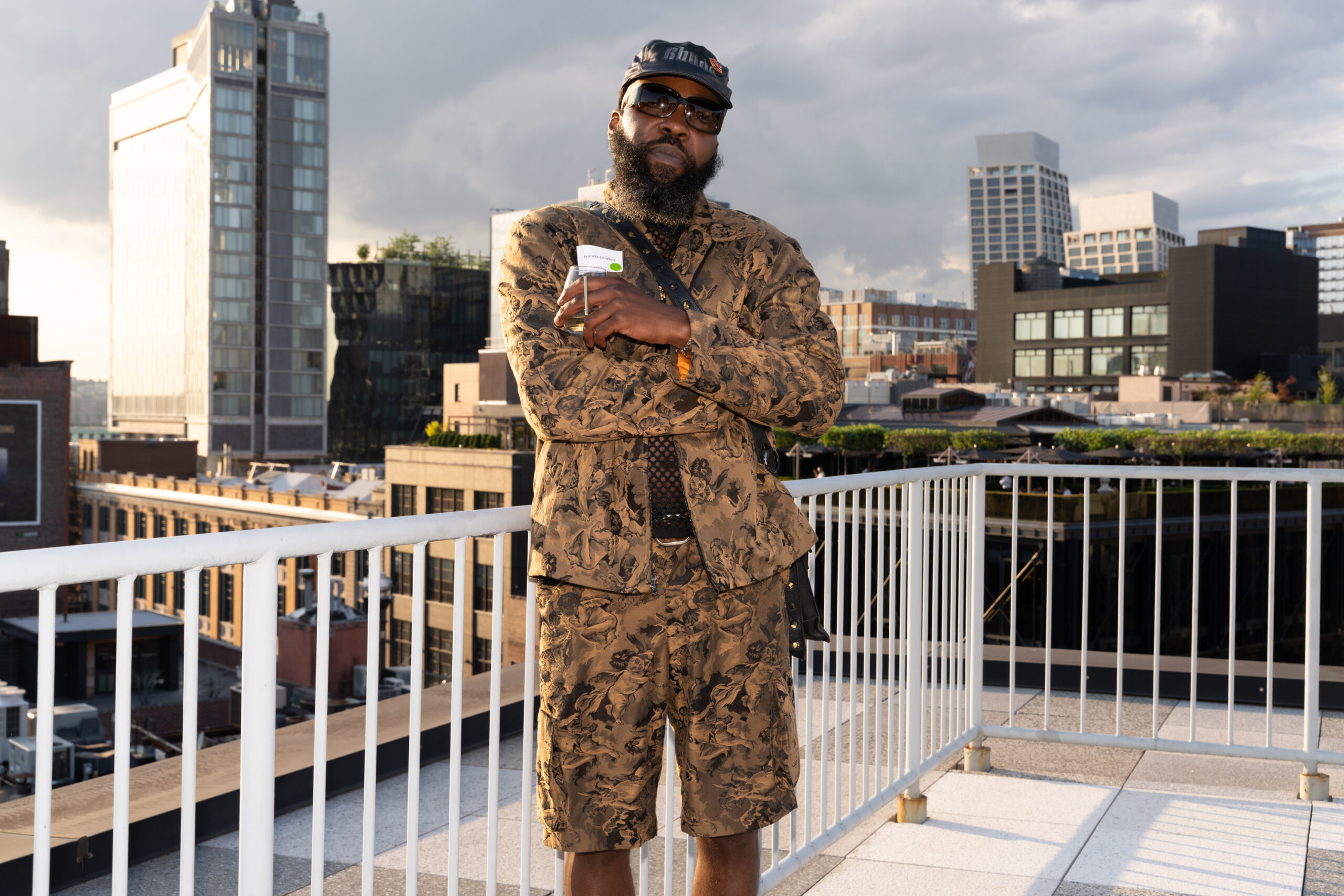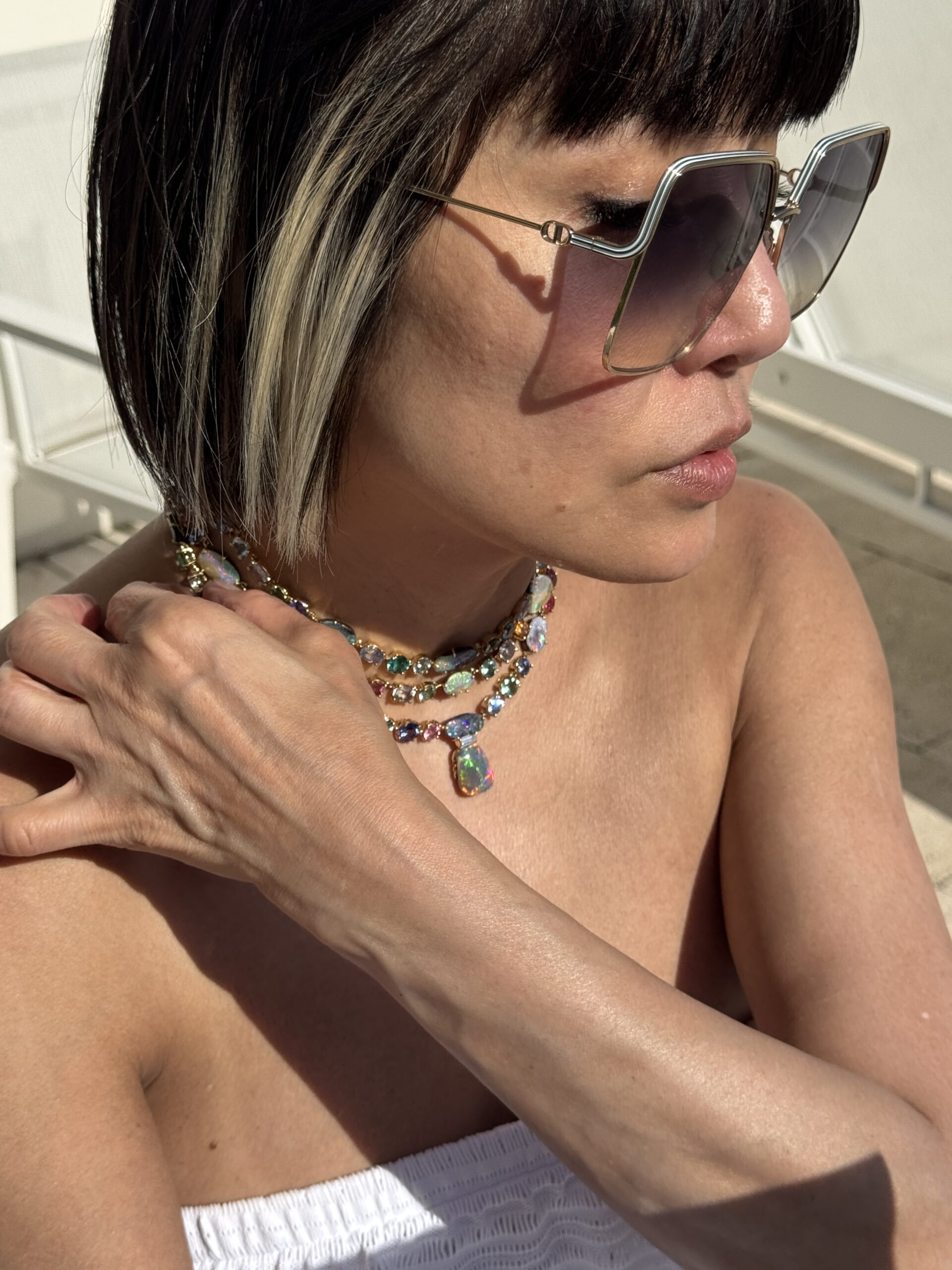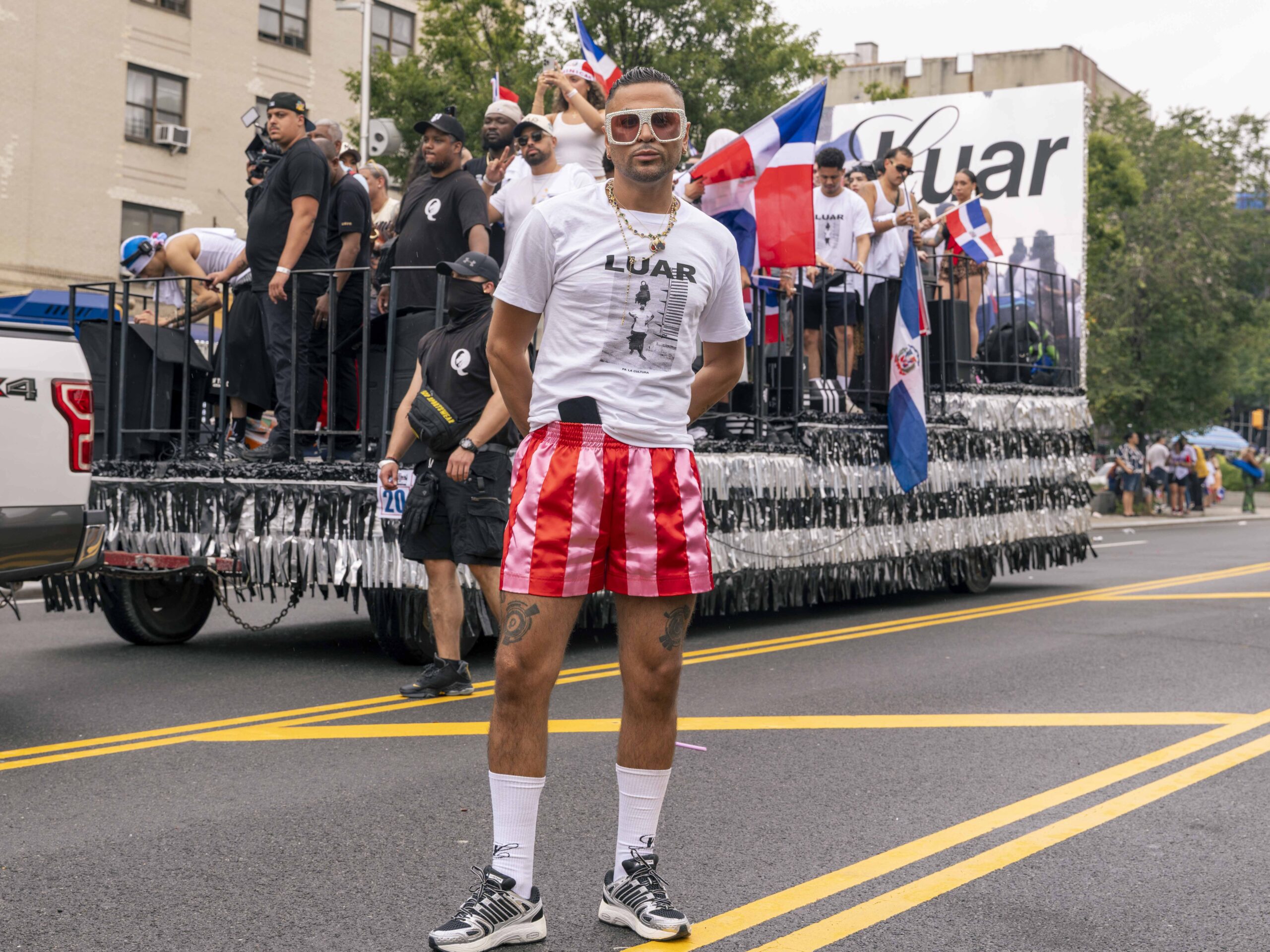Moderated by Wendy Waugh, the former SVP of Sustainability at Theory and Founder of Golden Collective Incorporated, panelists included Vanessa Barboni Hallik, founder, co-CEO, and executive chair at Another Tomorrow; Albert Vaysbukh, SVP of global production and sourcing at Theory; Dana Davis, sustainability consultant and industry advisor at Dana Davis Consulting; and Matthieu Seiller, director of procurement at Hermès.
The conversation was centered around exploring the power of partnerships, collaborations, and the integration of sustainable solutions within an organization, and how different entities can come together and align with one goal in mind.
Here, some highlights from the conversations.
Wendy Waugh: What are the challenges and roadblocks you face to accomplish your company’s sustainability goals?
Vanessa Barboni Hallik: Building our supply chain from a blank slate, essentially from the ground-up, creates our biggest challenges because we have to develop new fabrication seasonally, face larger MOQs (minimum order quantity), and we have to constantly play with proportions.
Dana Davis: There are often unintended consequences that come with focusing on sustainability strategies. For example, we removed plastic packaging and replaced them with compostable ones, but stores and customers did not have access to compost bins, or they did not have the resources to facilitate that process.
Matthieu Seiller: The biggest challenge for me in procurement is always the cost, as well as getting upper management or investors to invest upfront in sustainability initiatives. Also, we have to look to the vendors to supply us with sustainable solutions to make sure that it is something that they can achieve.
W.W.: What is the mindset we need to change, and how do you enroll someone into thinking differently?
Albert Vaysbukh: It is always a difficult conversation, but it is an important one. In our business, we make products for our customers, and we all have customers as the number one priority. As many customers care about sustainability, they also want a product that holds its shape for more than two years. We are improving the quality of the product and making it better, while at the same time, we are making it more sustainable. And that is where we have to use our technological knowledge and expertise from our partners on how to make a difference. Now, the world has changed, and we need to continue to evolve.
W.W.: How do you talk to other departments and have them help you take on the shift and the responsibility along with their own workload?
D.D.: You have to start the conversation by explaining the “why” and the “how,” and let them know that your goal being on the sustainability team is to reduce the friction internally, and that means understanding the challenges that the individual has. It is important as an organization to set up a process where everyone internally is aware and understanding how other departments are operating.
Here, further takeaways and highlights of the evening from the panelists.
M.S.: It is important to mention that the industry has shifted, and sustainability is not unique to the few brands who care and those who do not care. It is becoming standard now in this day.
V.B.H: You have to talk about the bottom line when you’re having these conversations with the CO’s that may not be as interested, but you still have to make sure you speak in their language. Don’t be afraid to recognize the statistics of sustainability are similar to core business KPI’s, and it can help to bridge the gap and make sure everyone is on the same page.
